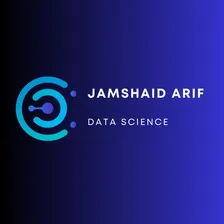Google Map Scraper
Pricing
$10.00/month + usage
Google Map Scraper
This Python script automates data scraping from Google My Business. It collects essential information like business name, website, phone number, address, ratings, and photos, saving the data in Excel format and uploading it to an Apify dataset.
Pricing
$10.00/month + usage
Rating
0.0
(0)
Developer

Jamshaid Arif
Actor stats
1
Bookmarked
37
Total users
1
Monthly active users
23 days ago
Last modified
Categories
Share

